ACELA1463
Understand that different types of texts have identifiable text structures and language features that help the text serve its purpose
Elaborations
- identifying the topic and type of a text through its visual presentation, for example cover design, packaging, title/subtitle and images (Skills: Literacy, Critical and Creative Thinking)
- becoming familiar with the typical stages of text types, for example simple narratives, instructions and expositions (Skills: Literacy, Critical and Creative Thinking)
- Plus Plan

The Lost Library Card – Whole Class Escape Game
Use inference and problem-solving skills to decipher the puzzles and uncover the hidden code.
- Plus Plan
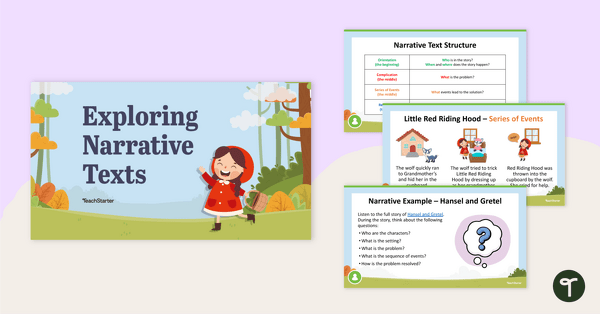
Exploring Narrative Texts PowerPoint
Teach your students about the key elements of narrative texts with this comprehensive teaching presentation.
- Plus Plan
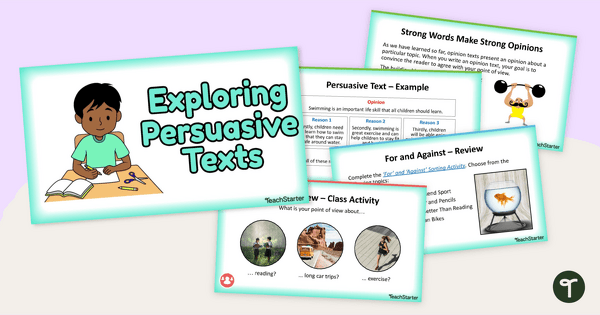
Exploring Persuasive Texts PowerPoint - Year 1 and Year 2
A 35 slide editable PowerPoint template to use when teaching your students about the structure and language features of persuasive texts.
- Plus Plan
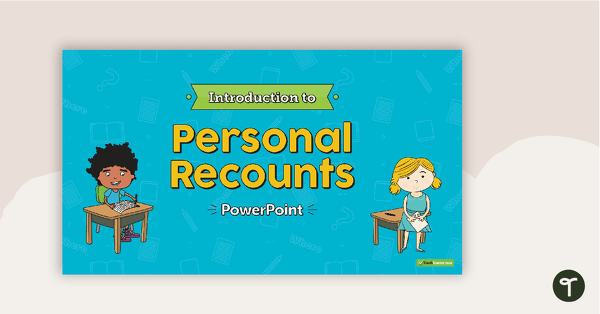
Introduction to Personal Recounts PowerPoint
Use this personal recount set of teaching slides to teach younger students about the structure and language features of personal recounts.
- Plus Plan
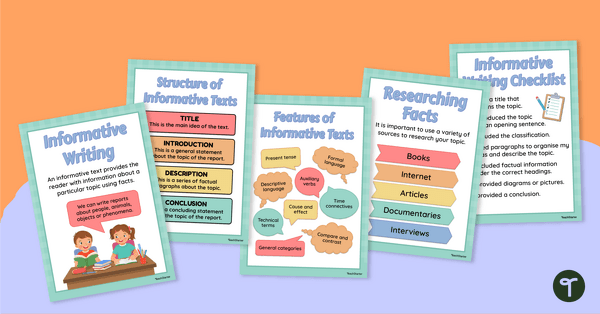
Informative Writing Posters
Display this set of 5 information report posters in your classroom during your informative writing unit.
- Plus Plan
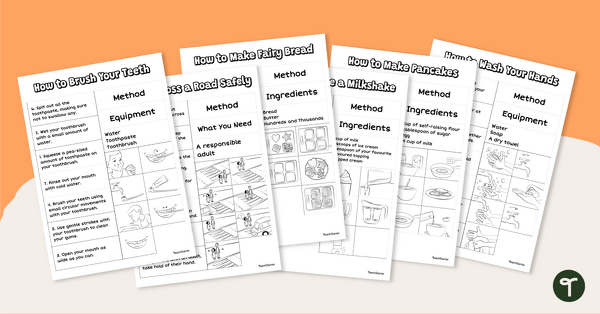
Build a Procedure Text – Cut and Paste Worksheets
Use these different examples of procedure writing to teach your students about the structural features of procedure texts.
- Plus Plan
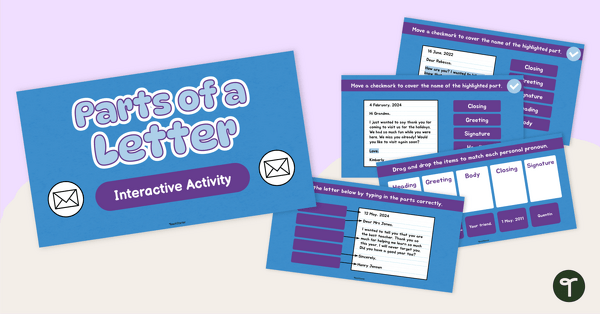
The Parts of a Letter Interactive Activity
Teach the parts of a letter with this engaging interactive activity where students learn the format of a letter through sorting and labelling exercises.
- Plus Plan
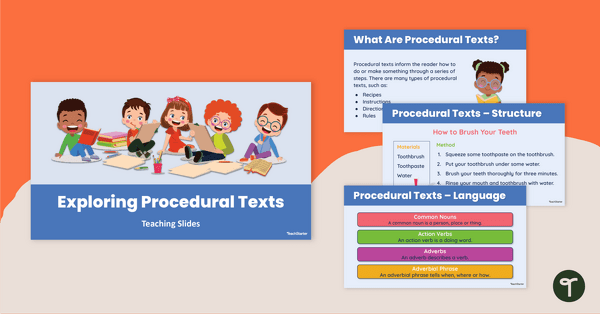
Exploring Procedural Writing Teaching Slides
Teach your students how to write a procedure using this detailed slideshow targeted at lower primary school students.
- Plus Plan
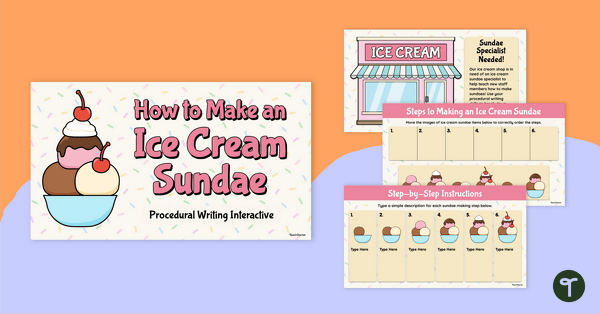
How to Make an Ice Cream Sundae Interactive Activity
Use this “How to Make an Ice Cream Sundae” procedural writing interactive activity to model the purpose, structural elements and language features of procedure texts.
- Plus Plan
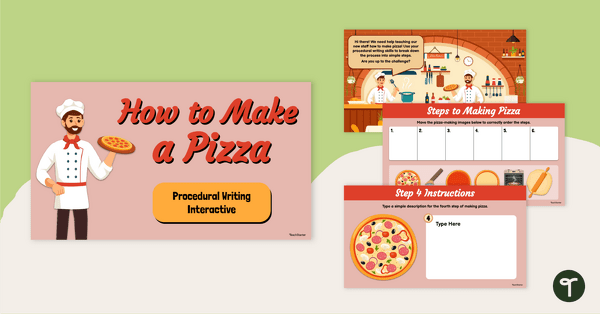
How to Make a Pizza Interactive Activity
Use this “How to Make a Pizza” procedural writing interactive activity to model the purpose, structural elements and language features of procedure texts.
- Plus Plan
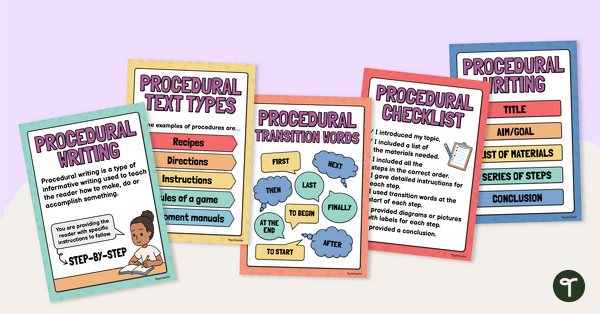
Procedural Writing Posters
Display this set of 5 procedural writing posters in your classroom during your procedural writing unit.
- Plus Plan
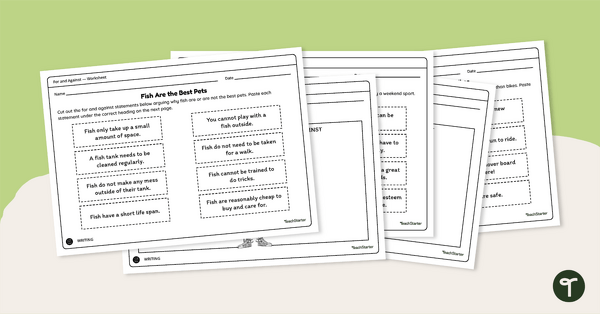
For and Against Worksheets
Explore 'for' and 'against' arguments for five different topics with this set of 'for' and 'against' sorting activities.
- Plus Plan
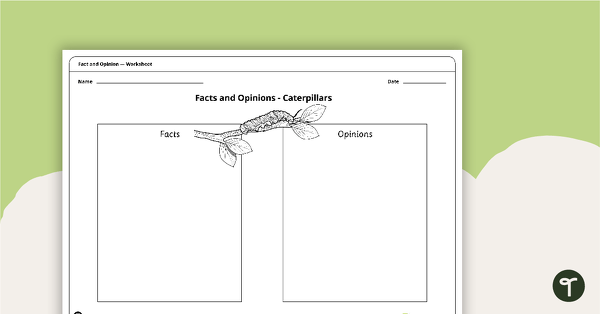
Fact and Opinion Worksheets – Cut and Paste
Use these fact and opinion worksheets to help your students identify the difference between fact statements and opinion statements.
- Plus Plan
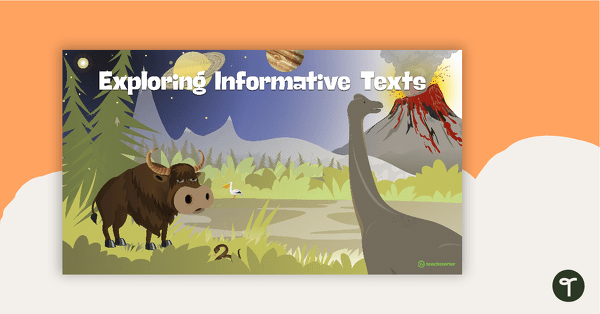
Exploring Information Reports Teaching Slides
Teach your students how to write an information report using this detailed slideshow targeted at lower primary school students.
- Plus Plan
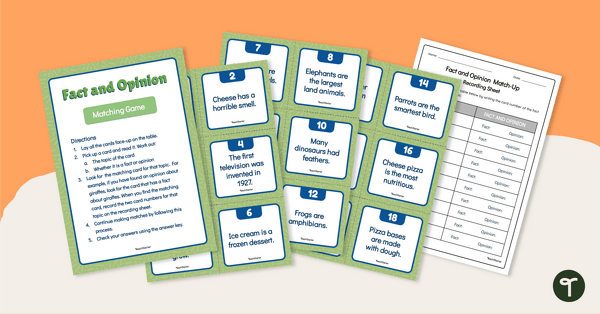
Fact or Opinion Activity – Match Them Up!
Download this fact or opinion activity, a hands-on matching game that strengthens critical thinking skills while making learning collaborative and engaging.
- Plus Plan
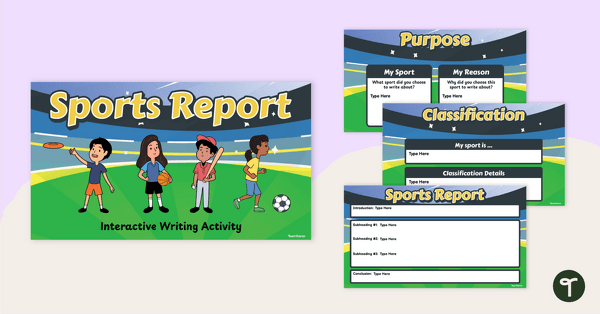
Sports – Digital Report Writing Activity
Use this digital writing scaffold to model the purpose and structural elements of informational writing.
- Plus Plan
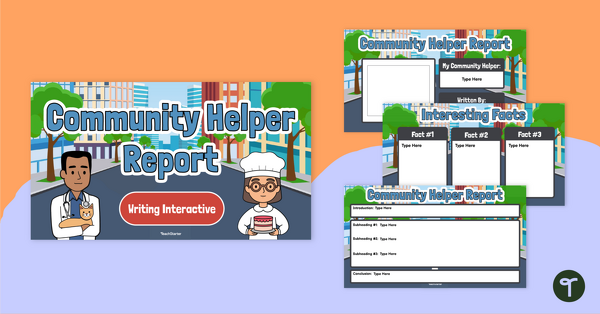
Community Helper – Digital Report Writing Activity
Use this community helpers interactive activity to model the purpose and structural elements of information reports.
- Plus Plan
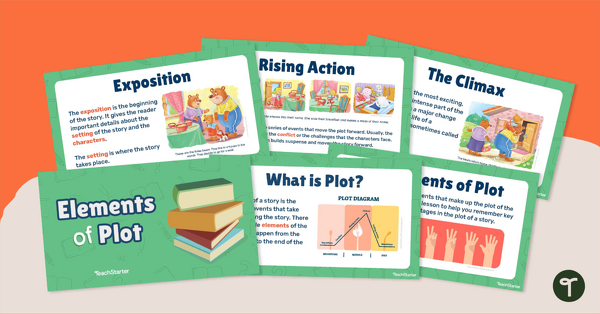
Elements of Plot Teaching Presentation
Teach your students about the elements of a story with this engaging teaching presentation.
- Plus Plan
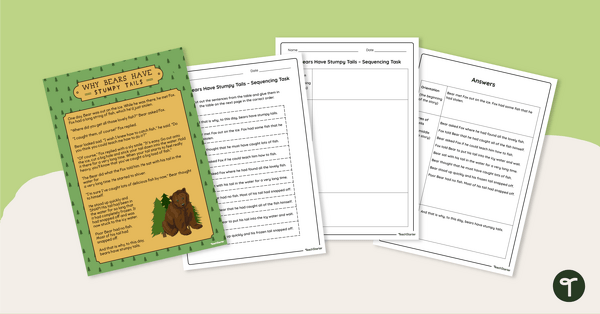
Why Bears Have Stumpy Tails – Sequencing Worksheet
Identify the story beginning, series of events and ending with this narrative text sequencing activity.
- Plus Plan
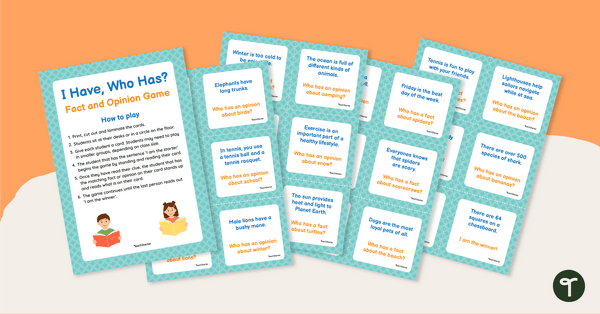
I Have, Who Has? Fact vs Opinion Game
Engage your students with this fact vs opinion game that makes learning collaborative and fun while reinforcing critical thinking skills.
- Plus Plan
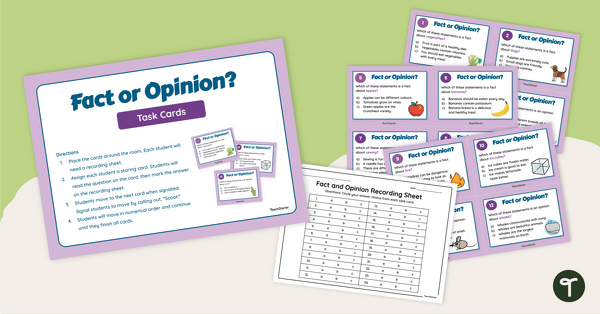
Fact or Opinion Questions Task Cards
Download these multiple-choice fact or opinion questions designed to build critical thinking skills and improve comprehension.
- Plus Plan

Friendly Letter Example Pack
Download this friendly letter example set featuring five model letters with labelled and unlabelled versions, perfect for teaching students the structure of a friendly letter.
- Plus Plan
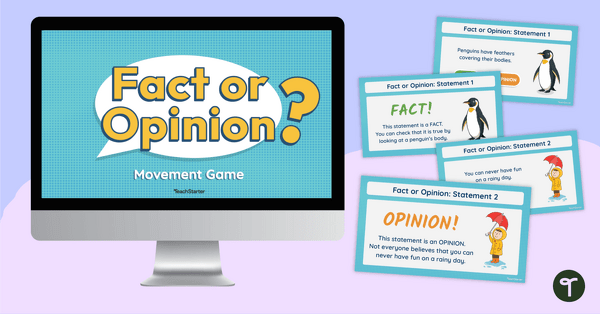
Digital Fact or Opinion Game
Engage your class with this digital fact or opinion game where students move around the classroom to classify statements as facts or opinions.
- Free Plan
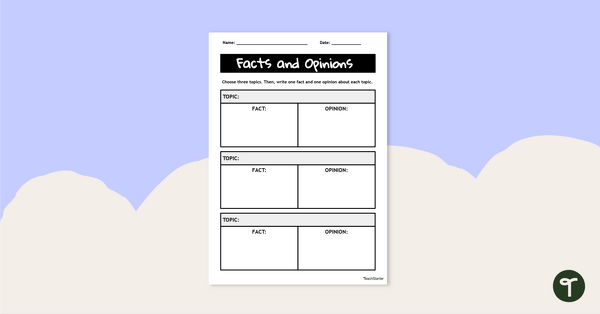
Fact and Opinion Graphic Organiser
Use this fact and opinion graphic organiser to get your students writing facts and opinions for a variety of topics.
- Plus Plan
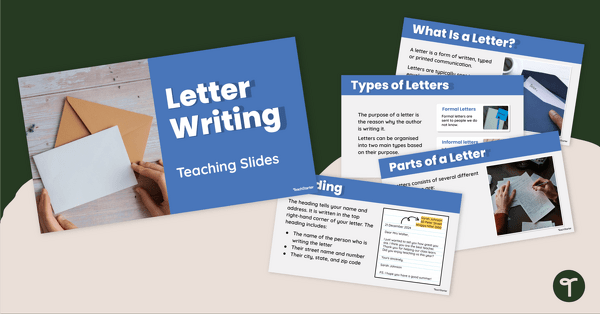
Letter Writing PowerPoint
Download this letter writing PowerPoint to teach students about the purpose, audience and structure of letters through an engaging and easy-to-follow presentation.
- Plus Plan
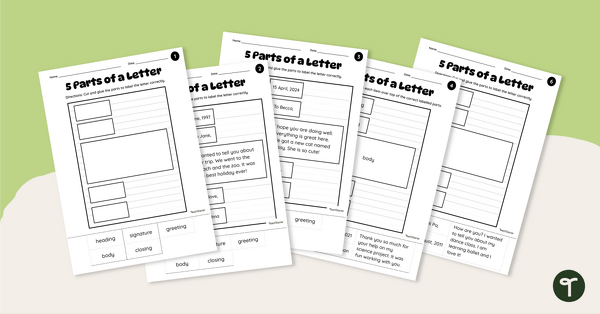
5 Parts of a Letter Cut and Paste Worksheets
Teach the 5 parts of a letter with this set of hands-on cut-and-paste worksheets that make learning letter writing interactive and fun.
- Plus Plan
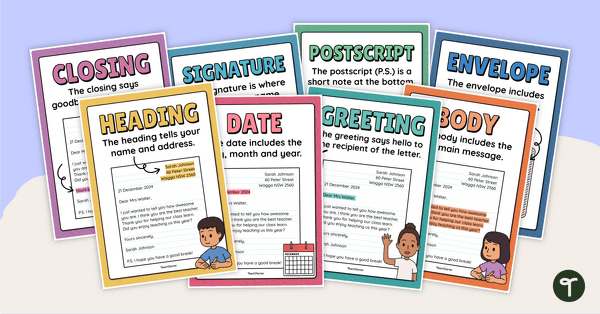
Parts of a Letter Poster Pack
Use this parts of a letter poster pack, featuring colourful visuals and clear explanations, to help students understand the key components of a letter.
- Plus Plan
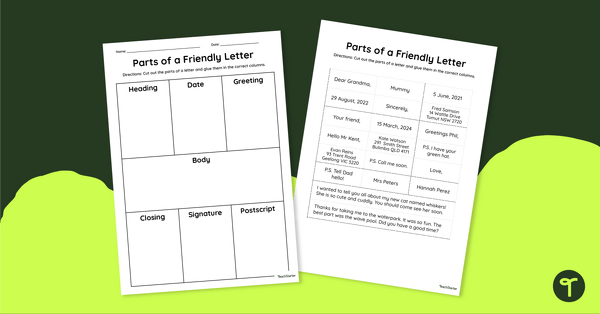
Parts of a Friendly Letter Sorting Worksheet
Teach the parts of a friendly letter with this sorting worksheet that helps students identify key letter components.
- Plus Plan

Parts of a Letter Worksheet
Download this parts of a letter worksheet to help students identify key letter-writing components and essential vocabulary.
- Plus Plan
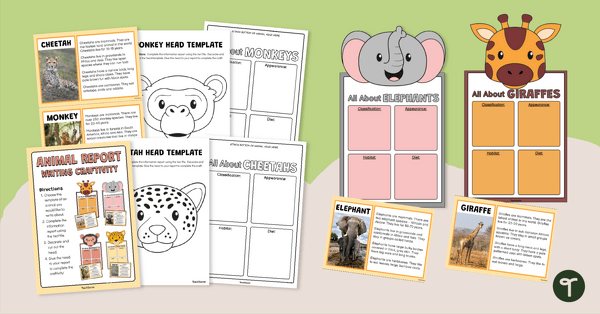
Animal Information Report – Writing Craftivity
Use this animal-themed writing and craft activity to teach your early years students about informative writing.
- Plus Plan
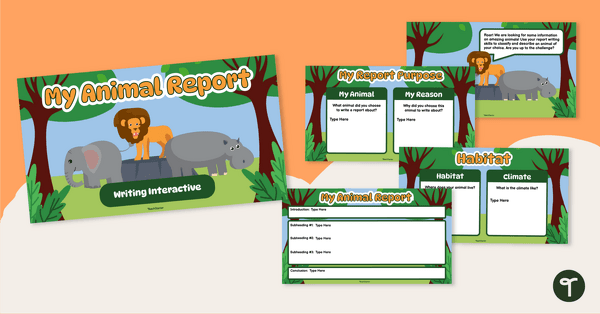
My Animal – Digital Report Writing Activity
Get your students to write an information report on an animal using this digital writing scaffold perfect for modelled and shared writing.
- Plus Plan
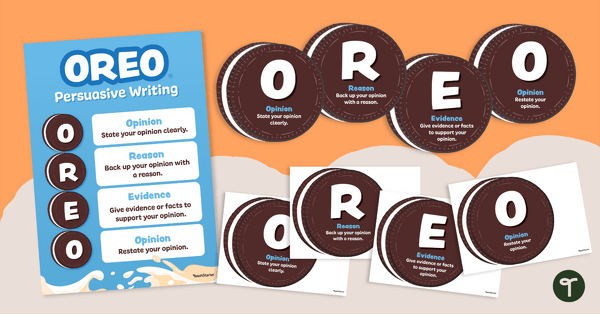
OREO® Persuasive Writing Posters
Help students remember the structure of persuasive texts with this fun OREO® acronym.